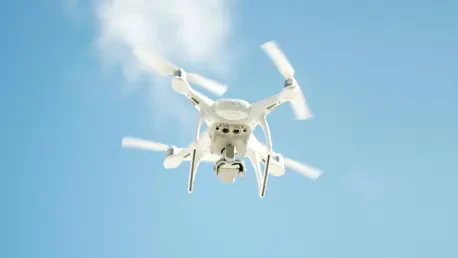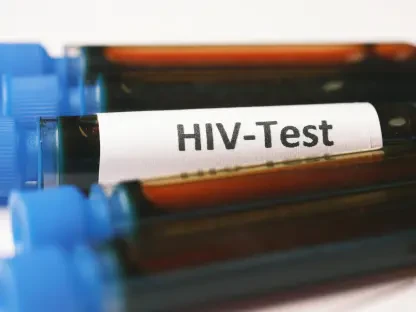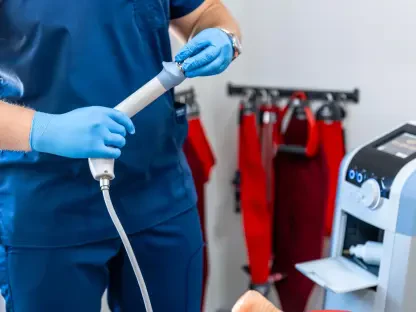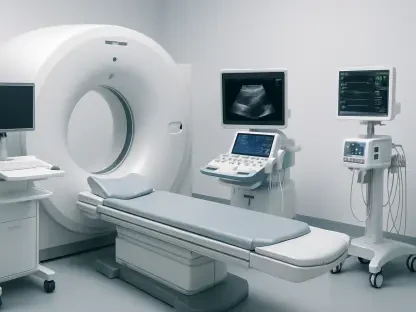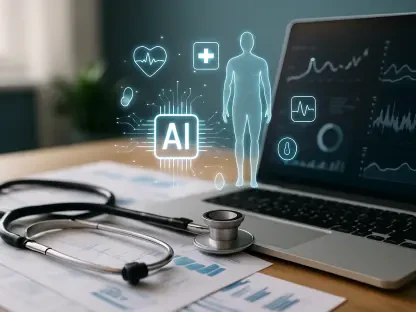In the fast-paced realm of technology, drones have soared beyond their novelty status, emerging as a promising asset in healthcare and emergency response strategies. The deployment of drones in these critical sectors is already reshaping the landscape, offering innovative solutions that address age-old challenges of accessibility and efficiency. By maneuvering beyond the conventional barriers posed by traffic congestion and geographical constraints, drones are increasingly captivating the interest of health organizations and emergency services worldwide. With their speed, agility, and adaptability, these flying machines hold the potential to revolutionize how medical supplies and emergency services reach those in need, particularly in remote or otherwise challenging areas. The exploration of drone technology in these sectors is not merely a glimpse into the future of medicine but an unfolding reality, showcasing real-world solutions that have already been implemented. The following sections will provide insight into how drones are reshaping healthcare delivery and emergency response and the hurdles that must be overcome for their widespread adoption.
Drones in Medical Delivery
The transformation enabled by drones in the medical field lies in their ability to transport time-sensitive medical supplies efficiently and effectively. Beyond theoretical discussions, the use of drones for delivering medications and medical equipment has captured significant attention, with various successful trials and applications demonstrating their effectiveness. A key area of impact is their ability to deliver crucial medications and equipment to isolated or hard-to-reach areas that traditional transportation modes struggle to access. For instance, drones have been employed in delivering antivenoms and defibrillators to remote locations and ensuring quick response times, which are often crucial in emergency scenarios.
Moreover, this technological advancement is not just confined to specific regions but has found successful implementation internationally. In India, the Medicine from the Sky initiative uses drones to traverse the challenging terrains of mountainous areas, ensuring that life-saving medications reach isolated health services promptly. Similarly, applications in Sweden have focused on deploying drones to carry defibrillators to cardiac arrest incidents, demonstrating a noticeable improvement in delivery times compared to traditional ambulance services. These examples underscore drones’ potential in bridging disparate communities and healthcare facilities, ensuring equitable access to medical resources regardless of geographical constraints.
Enhancing Emergency Response
Drones are not restricted to logistics alone; their application within emergency response encompasses a broader spectrum of capabilities. Aside from delivering medical essentials, drones are increasingly integral in enhancing the safety and operational efficiency of emergency services. High-intensity searchlights, thermal imaging, and aerial surveillance are among the technological innovations that drones bring to the table, facilitating comprehensive situational awareness before human responders arrive on the scene. These features not only allow for more informed decision-making but also extend the reach and effectiveness of emergency teams when seconds matter.
In Australia, trials conducted by NSW Ambulance showcased drones’ capabilities in search and rescue missions. By leveraging real-time video and audio transmission capabilities, drones located missing persons even in difficult terrains, subsequently enabling communication and preliminary assessment. Similar endeavors have been undertaken internationally, with agencies exploring ways to maximize drones’ potential in disaster response situations where they can navigate through chaotic environments and provide critical information that improves the efficiency of first responders. By acting as initial eyes on the ground, drones empower teams to better allocate resources and strategies even before responders set foot in a challenging environment.
Addressing Logistical Challenges
Despite these promising developments, several logistical challenges need addressing to fully realize drones’ potential within healthcare and emergency sectors. One significant limitation relates to battery life and payload capacity, often constraining flight duration and distance—factors that can be particularly taxing in remote areas. Though battery technology continues to advance, the payload restrictions remain a significant barrier to transporting larger quantities of medical supplies or equipment over longer distances. Reports from various trials have pointed out range limitations; in the case of NSW Ambulance, a 7-kilometer range limited certain operations, indicating the need for drone deployment refinement.
External factors also contribute to these challenges, with time-of-day restrictions and adverse weather conditions impacting the operational windows for drone flights. Situations such as natural disasters might render drones less effective or even inoperable, limiting their integration into emergency strategies. Another technical hurdle to consider is the preservation of pathology samples and medicines during transit. Maintaining proper environmental controls to ensure the integrity of these items is paramount, adding layers of complexity to transportation logistics that demand careful planning and robust technological solutions.
Regulatory and Evaluation Constraints
The successful integration of drones within these sectors is further nuanced by regulatory and evaluative constraints. Understanding the legal landscape is critical; various regions impose strict regulations on where and how drones can operate, which may hinder implementation unless adaptive measures are taken. Regulatory frameworks often require continuous updates to encompass technological advancements, and a lack of adaptation might prevent drones from reaching their full potential.
Furthermore, comprehensive evaluations of drones’ effectiveness and cost-efficiency are vital to ensure strategic integration. While numerous trials have illustrated impressive capabilities, a deeper assessment focusing on the measurable impact on health outcomes and economic viability remains essential. These evaluations inform stakeholders’ decisions, guiding investments and strategic planning for broader adoption across healthcare and emergency response frameworks. Achieving these evaluations can broaden the understanding of drones’ potential, allowing health and emergency services to leverage them effectively and efficiently, maximizing their transformative capabilities.
Expanding Horizons
In the rapidly evolving world of technology, drones have progressed beyond mere novelty to become vital assets in healthcare and emergency response systems. Their use in these critical fields is transforming traditional approaches, providing innovative solutions to long-standing challenges of accessibility and efficiency. By circumventing obstacles like traffic congestion and tough geographical terrains, drones are gaining the attention of health organizations and emergency services globally. Due to their speed, flexibility, and adaptability, drones possess the potential to revolutionize the delivery of medical supplies and emergency services, especially in remote or difficult-to-access areas. The exploration of drone technology in healthcare and emergency response isn’t just a futuristic idea—it’s an unfolding reality that is already showcasing practical solutions. Upcoming sections will delve into how drones are altering healthcare delivery and emergency responses and discuss the challenges that need to be addressed for their widespread implementation.
